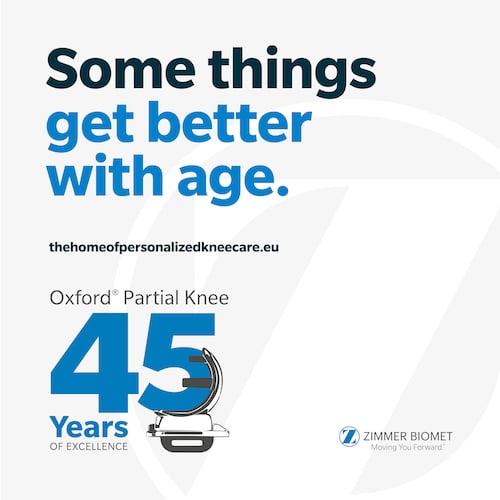The concept of ‘mid-flexion instability’ is defined as a condition in which the TKR component is stable in both extension and 90◦ of flexion but is unstable between the two positions. 2 It is more common in cruciate retaining (CR) Knee designs and has been identified as one of the causes of dissatisfaction following CR TKR. 2 The Medial Congruent (MC) bearing, which articulates with a CR femur, was designed to improve stability by enhancing the conformity and contact area with the medial femoral condyle and incorporates an anterior lip that provides anterior constraint. 2
This study compared the intraoperative kinematics of an MC Knee with those of a CR Knee using an image-free navigation system. Both bearings articulate with the same design of CR femur. The PCL can also be retained with the MC bearing, and PCL retention with a bony island was attempted in all cases. 2
Observations of interest:
- The MC bearing restored physiologic AP kinematics more in mid-flexion than the CR bearing under PCL-retaining conditions 2
- Mid-flexion AP stability was greater with the MC bearing than with the CR bearing 2
- In the CR group the femoral position relative to the tibia was significantly anterior at 45°, 60°, and 90° flexion compared to the preoperative condition 2
- The authors acknowledged that this paradoxical motion or mid-flexion instability is more common in CR knee designs, and can be one of the causes of dissatisfaction after CR TKR 2
- The femoral position in the MC group at 45°, 60°, and 90° flexion did not differ significantly from that of the preoperative condition (paradoxical anterior sliding was prevented with the MC bearing) 2
- Femoral rollback in deep flexion was maintained with the MC bearing 2
According to the authors, these results indicate that the MC bearing could prevent mid-flexion instability in CR TKR

